Suzuki have unveiled the latest generation of their popular hatchback the Swift at the 87th Geneva Motor Show. One of the most anticipated model unveils at Geneva, the Swift managed to attract massive footfall thanks to its new, cuter design that is going down well with many. The front-end of the car may remind you of the current Swift however, upon closer inspection you notice the new headlamps, bumper and fog-lamp inserts. The side-profile too gets updated with the C-pillar hosting the door handle. But the maximum changes, in terms of aesthetics, have happened at the back with new tail lamps, tail gate and bumpers giving the Swift a very different look.
The interiors however, have changed completely. A new dashboard, twin-pod instrument cluster and a big-infotainment screen, just like the one in the Baleno, are the main highlights on the inside. However, it is the increased knee room at the back that tops it all. Yes, Suzuki have finally addressed the cramped knee room issue of the Swift. The new car is based on the Heartect platform that underpins the Baleno, which has made the new Swift longer, wider and lighter. The result is a 20 mm longer wheelbase, 54 litres more boot volume and a weight reduction of 120 kg.
At Geneva the new Swift had a 1.0-litre, three-cylinder Boosterjet engine under its bonnet, this is the same unit that powers the newly launched Baleno RS. However, India might not get this particular engine. But the engine options that will surely make it to India will be the 1.3-litre, turbocharged, four-cylinder DDiS and the 1.2-litre, four-cylinder K-Series petrol engine, same as the current Swift. Both the petrol and diesel engines will come mated to a five-speed manual transmission, however, we speculate that there will also be an AMT version available, but at a later date.
There are no details about the pricing of the car yet however, expect it to be slightly higher than the current car. Maruti Suzuki will be showcasing the car at the 2018 Auto Expo with sales commencing soon after the showcasing.


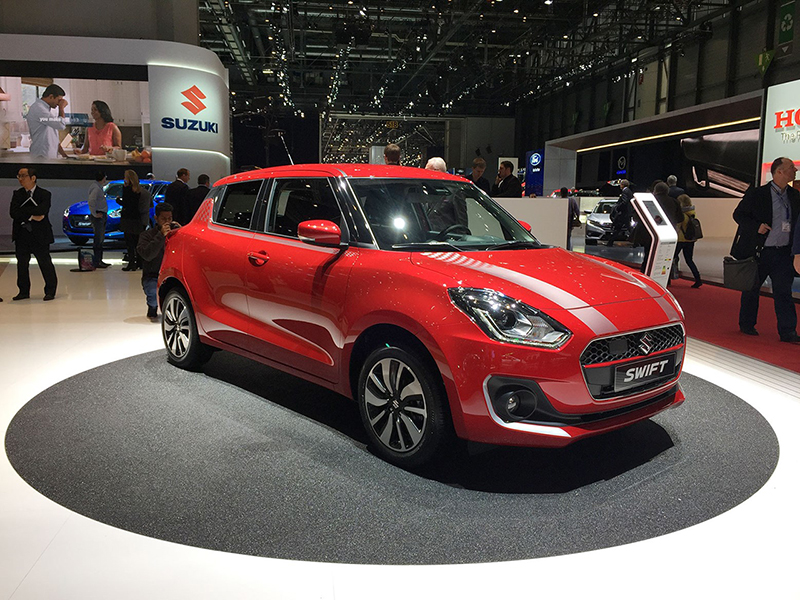
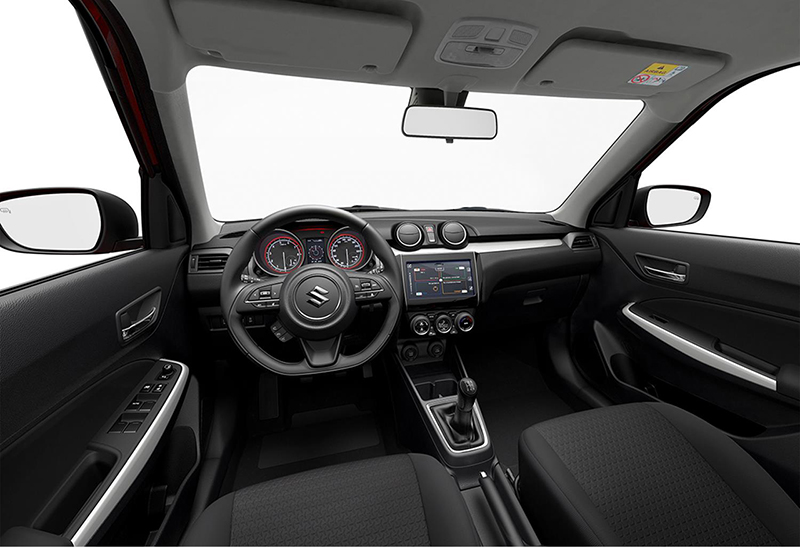
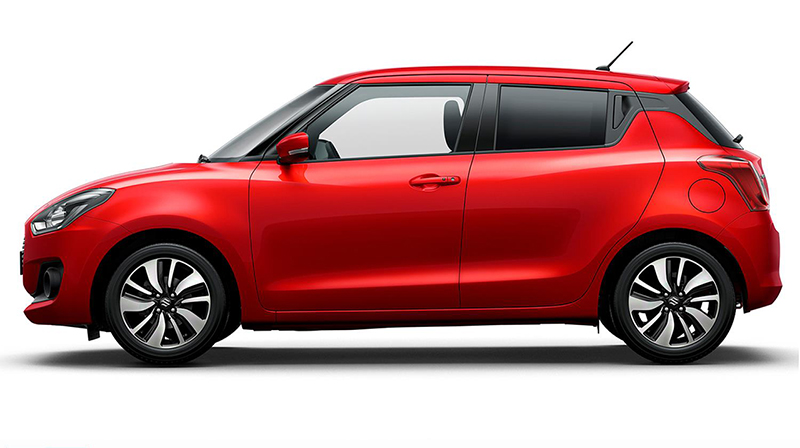
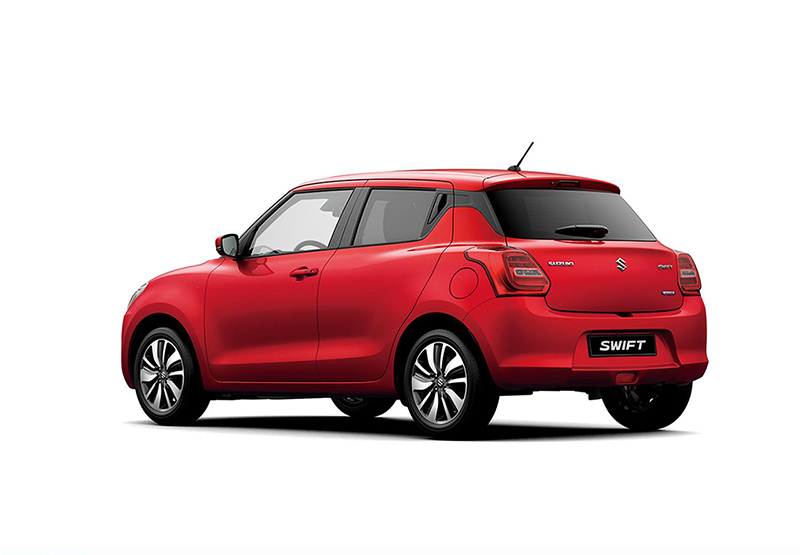














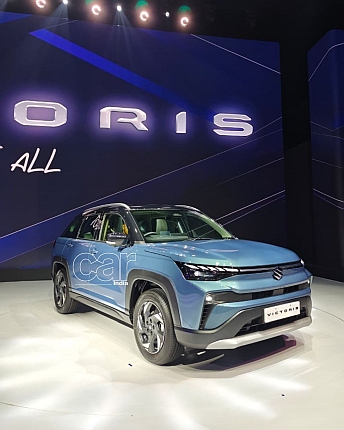
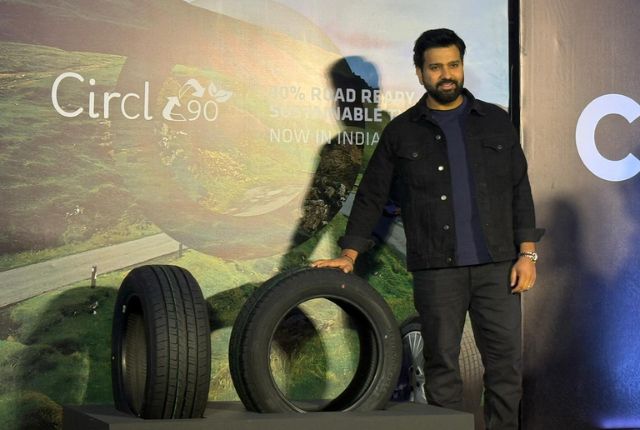

Leave a Reply